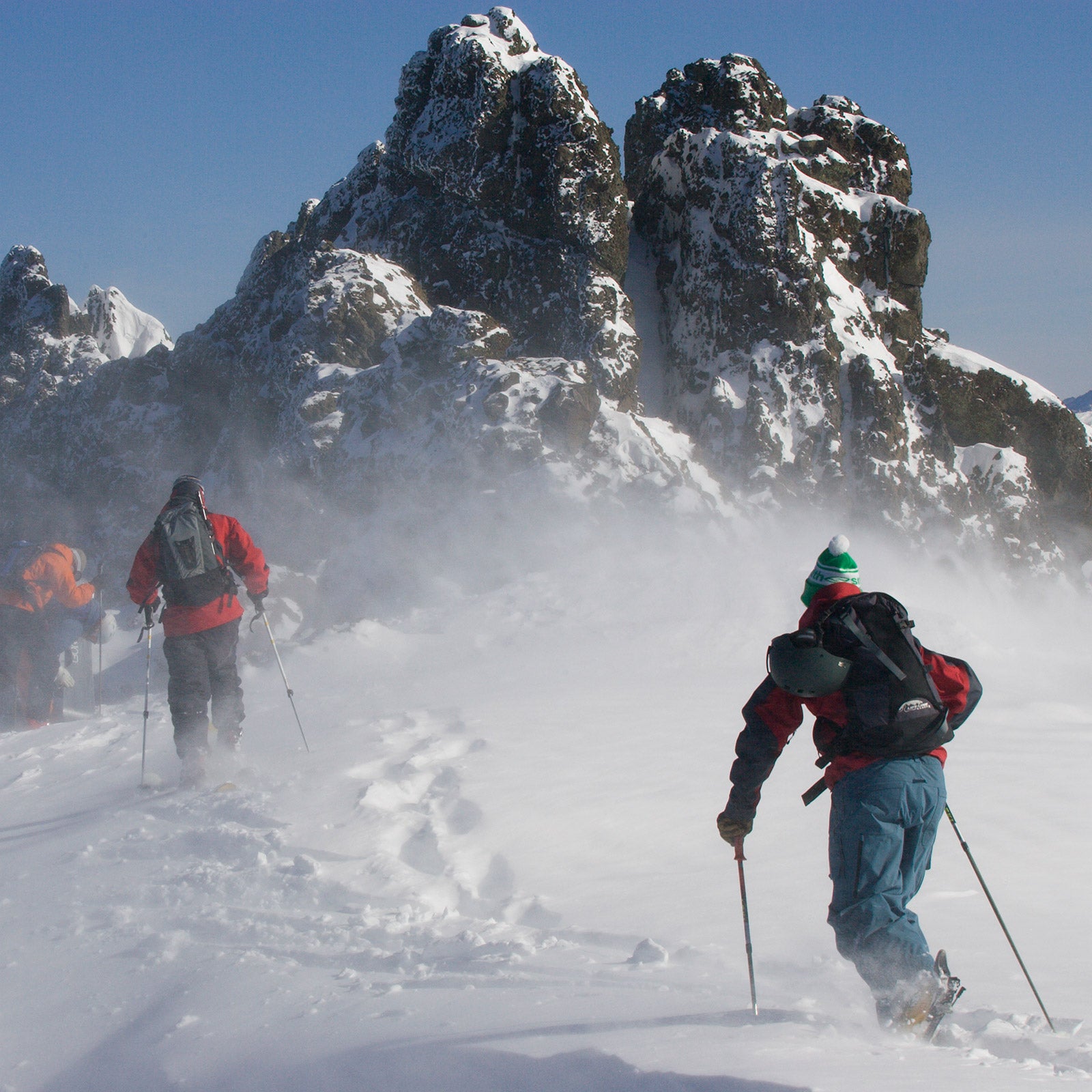In 2017, one of Eric Peitzsch’s close friends died in an avalanche while skiing in Glacier National Park. His friend was 36 years old and an experienced backcountry skier. It occurred to Peitzsch, a physical scientist for the USGS and an avalanche forecaster and educator, that he’d seen a rash of fatalities among��skiers in their thirties�����Ի� forties.��That ran counter to��conventional wisdom, that the typical victim was a twentysomething guy��eager to ski untracked powder but uneducated in avalanche safety.��Peitzsch and others used to teach that, in general, avalanche victims were��similar to snakebite victims: young men,��most of whom were holding the snake at the time they were bitten.����
This month, Peitzsch and four others����in the Journal of Outdoor Recreation and Tourism that proved his hunch to be correct. What they found, he says, is that “the age groups where fatalities are increasing are the ages of 30 to 39 and 40 to 49.”
The study,��which analyzed 1,084 individuals who died in avalanches in the United States between��1950�����Ի� 2018,��revealed that the median age of deaths was 27 from 1950 to 1989. But since 1990, that��age has risen to 33. Similar results have been found in studies from Switzerland and France, says Peitzsch.����
While the authors caution that it’s hard to draw conclusions from the study because they don’t have the parent data—ages��for the entire population of backcountry users—it’s still troubling that those who are��older and��presumably more experienced��are dying more often than they were in the past.
It’s possible that the increase is simply the result of there being more older backcountry users, says Ethan Greene, director of the��Colorado Avalanche Information Center��and another of the study’s authors. “I know that when I’m out there, I get passed on the skin track by more older people than I used to,” he says.
Outdoor-adventure demographics are aging, people are staying fit later in life, and wider skis and lighter gear are letting everyone��get after it more than their counterparts did decades ago. The good news, says Greene, is that even as the number of backcountry users has increased, the number of avalanche fatalities has held steady at 25 to 30 a year. That presumably means that improving avalanche forecasting and education are paying off.
If the age increase isn’t simply a correlation to the entire population, there may be other factors at work. One idea, says Greene, is that older backcountry users have the means to put themselves into riskier places for longer periods of time, such as multi-day ski trips at backcountry lodges. It’s a maxim among��professionals that the longer people spend in avalanche terrain, the higher their��odds of being involved in a slide. In addition, he notes, those remote locations feature unfamiliar��landscapes and snowpack conditions.
Another factor, says Peitzsch, might be the “sunk cost” effect—we are more reluctant to pull out of something we’ve already put effort into. “If we are on that backcountry hut trip, we are probably going to ski even if the danger is high, because we have spent a lot of time and money to get there,” he explains. “Or think of the 40-year-old dad who has the hall pass to ski that day, and he and his friends have had an objective in mind for weeks. He is less likely to pull the plug on the plan because it’s uncertain when he’ll have that window again.”
Sarah Carpenter, co-owner of the American Avalanche Institute (AAI), says that sunk-cost behavior seems to be a significant issue in her community of Jackson Hole, Wyoming. “When I’m driving over Teton Pass at 6:30 A.M. on an 18-inch powder day during a multi-day storm cycle, I see people skiing down by headlamp,” she says. That behavior��raises a few red flags—an avalanche rescue would be significantly more difficult in the dark—and is likely��motivated by people who want to get their powder turns in before they have to go to work.
Probably more significant in terms of the study’s results, says Carpenter, is the idea that people in their thirties and forties��are likely a few years or more removed from their formal avalanche training. Their skills may be a little rusty or less up-to-date. Furthermore, she says, because avalanches are rare and unpredictable, “we don’t always get good feedback from our decision-making. It’s hard to know if we made a good decision or just got away with a bad one.”��That can create a false sense of confidence.
Because of that, the AAI’s trainings focus increasingly on��decision-making skills and practices. They stress the importance of��surrounding yourself with people who will speak up about the red flags they see in order to increase the group’s awareness, and in following pre-trip checklists—similar to the ones pilots use before takeoff—to ensure decision-making is methodical and separate from emotions.
The AAI also holds a number of shorter-duration refresher courses, similar to the ones offered for backcountry emergency medicine. “Between the lack of feedback in avalanche terrain, better equipment like fat skis and light bindings increasing people’s capabilities, and new technology like airbags, people may have an inflated sense of confidence,” says Carpenter. “Good training is one way to address that.”


